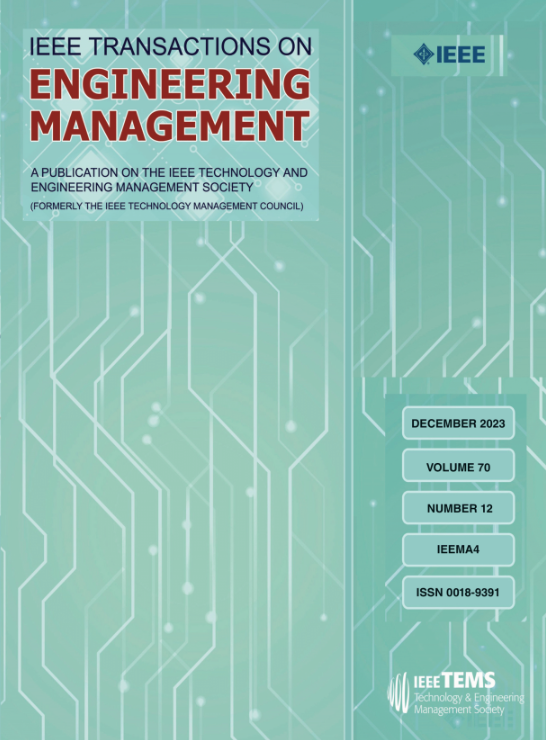Enhancing Agile Development Programs With Model-Based Systems Engineering for Efficient Status Metrics Generation
IF 5.2
3区 管理学
Q1 BUSINESS
引用次数: 0
Abstract
The current methods used to generate program status metrics to track agile development of complex systems are time consuming with data spread across multiple sources, resulting in inconsistent program progress tracking and lack of continuous improvement. This article proposes the development of a model-based systems engineering (MBSE) program status metrics suite using components and agile management data already developed during system design and implementation. This will allow agile development programs to realize the following benefits: improved efficiency due to automation of frequently executed program processes, and improved accuracy of metrics due to the metrics being generated from the same system data source. This article describes the research methodology, which is a series of steps to identify relevant metrics and modeling elements and determine how these modeling elements can be updated to generate program status metrics directly from an MBSE model. As a feasibility assessment, the methodology is applied to a spacecraft system development program case study. The results show that Cameo parametric diagrams can be used to generate program status metrics at the component level, which roll up to the subsystem level using blocks developed as part of model development and data automatically ingested from finance and agile management tools.利用基于模型的系统工程增强敏捷开发计划,实现高效的状态度量生成
当前用于生成跟踪复杂系统敏捷开发的项目状态度量的方法非常耗时,数据分布在多个来源,导致项目进度跟踪不一致,缺乏持续改进。本文建议使用在系统设计和实现期间已经开发的组件和敏捷管理数据开发基于模型的系统工程(MBSE)程序状态度量套件。这将允许敏捷开发程序实现以下好处:由于频繁执行的程序过程的自动化而提高效率,并且由于从相同的系统数据源生成的度量而提高度量的准确性。本文描述了研究方法,它是识别相关度量和建模元素的一系列步骤,并确定如何更新这些建模元素以直接从MBSE模型生成程序状态度量。作为一种可行性评估方法,将该方法应用于某航天器系统开发方案的实例研究。结果表明,Cameo参数图可用于在组件级别生成程序状态度量,这些度量使用作为模型开发的一部分开发的块和从财务和敏捷管理工具自动摄取的数据,向上卷到子系统级别。
本文章由计算机程序翻译,如有差异,请以英文原文为准。
求助全文
约1分钟内获得全文
求助全文
来源期刊

IEEE Transactions on Engineering Management
管理科学-工程:工业
CiteScore
10.30
自引率
19.00%
发文量
604
审稿时长
5.3 months
期刊介绍:
Management of technical functions such as research, development, and engineering in industry, government, university, and other settings. Emphasis is on studies carried on within an organization to help in decision making or policy formation for RD&E.
 求助内容:
求助内容: 应助结果提醒方式:
应助结果提醒方式:


